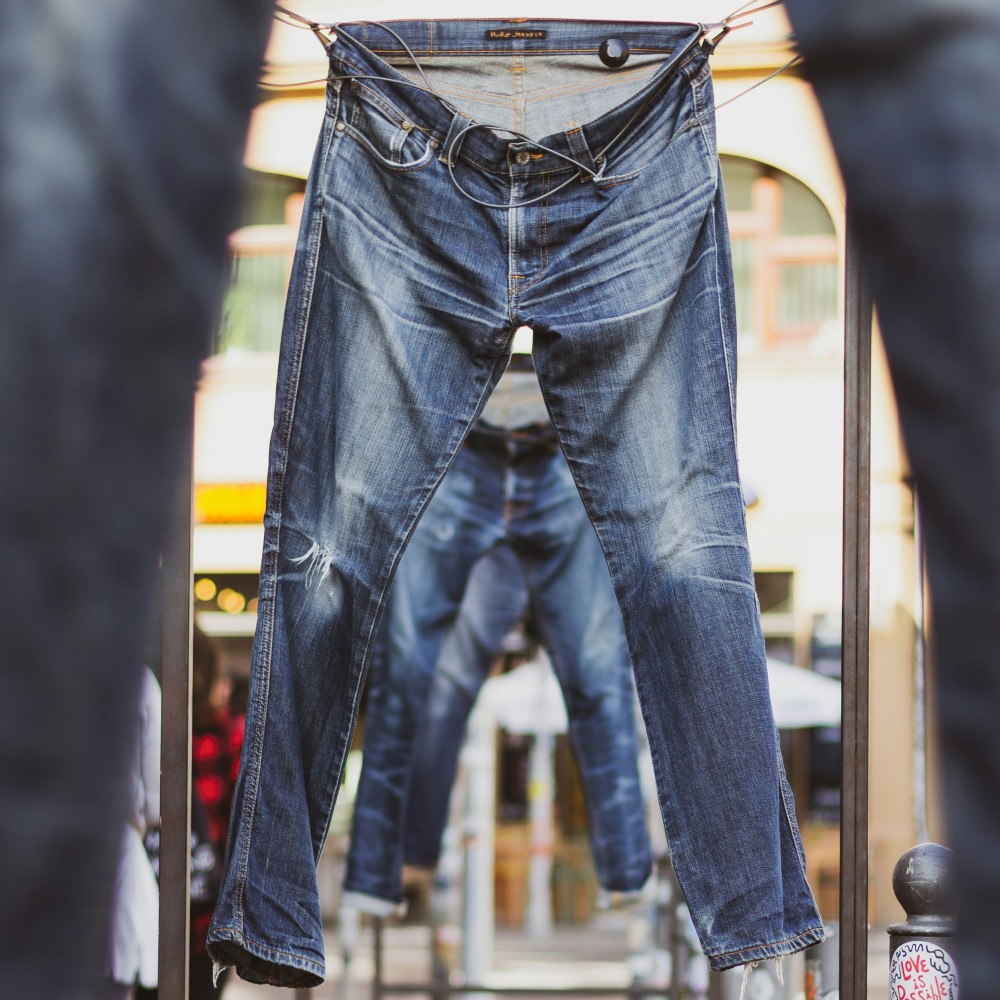Published:
Jeans are one of the most significant statement pieces of clothing created, and most people wear them at least once at some point in their lives. The word ‘denim’ originally comes from a type of twill fabric called ‘Serges de Nimes’ from France that weavers first used to create their type of jeans. This comes with their first use of natural indigo on the pants to produce the vibrant blue color we know today.
Eventually, Levi Strauss introduced the pants to the U.S., and their changes were incorporated into the product. Levi Strauss & Co. states that May 20th, 1873, marks the beginning of blue jeans as Levi Strauss and Jacob Davis obtained the patent to the addition of rivets onto the pants. During this time, the California gold rush was on the rise, with workers needing workwear outfits, which led to the people wearing Levi’s jeans since denims were known to last for an extended period. By the early 1900s, denim became one of the essential fabrics to wear when conducting physical labor across the U.S. It started evolving into fashion clothing to express the youth later on.
Going back to the present day in denim jeans, we are seeing the global industry market at $74 million in 2023, and it is estimated to increase to $114.6 million by 2030. But what could the reason be for the increased sucess of the denim industry?
As jeans have been part of the fashion industry for the past decades, various denim brands have come around within the sector, and their prices vary depending on the craftsmanship dedicated to each work put into the product. One of the most prominent examples of this is the rise in demand for selvedge denims. Selvedge, meaning that they are self-edged creations, is denim that is traditionally made by hand and uses shuttle machines for the loom. Created differently than the mass-produced counterparts, these denim are often customizable and sometimes dyed with natural indigos (which is way more expensive), just like the original way they were made instead of the synthetic indigos used most often on jeans. Japan has one of the biggest audiences regarding the denim phenomenon. With their own set of standards for their quality denim, Japanese selvedge denim is most famously known to be heavier and technical when it comes to developing the jeans, making them a durable piece to own for a high price. Companies such as Momotaro Jeans and Japan Blue Jeans established the standard Japanese selvedge denim is known for.
According to Beth Esponnette, co-founder and creative director of unspun, “the fashion industry produces over 97 million tons of waste annually, including textiles, chemicals, and packaging materials.” Jeans have been no different to this during the production cycle. They use tons of water along with various chemicals to create them. As more customers and companies are being more cautious to be more environmentally sustainable, people are finding new and innovative ways to sell jeans. Fashion designers like Duran Lantink are growing in popularity with his idea to create upcycled denim to be included in his collection. Furthermore, vintage fashion has been a popular style people have been embedding in their wardrobes, which is also a method of maintaining sustainability. High-quality vintage jeans, a durable outfit that can be worn for a long time, will prevent much of the waste from jeans as they can be passed down from one person to another and maintain their shape.
With the ongoing rise of the denim industry, we must see what the future holds for the timeless classic piece of clothing many people own worldwide.
File under






